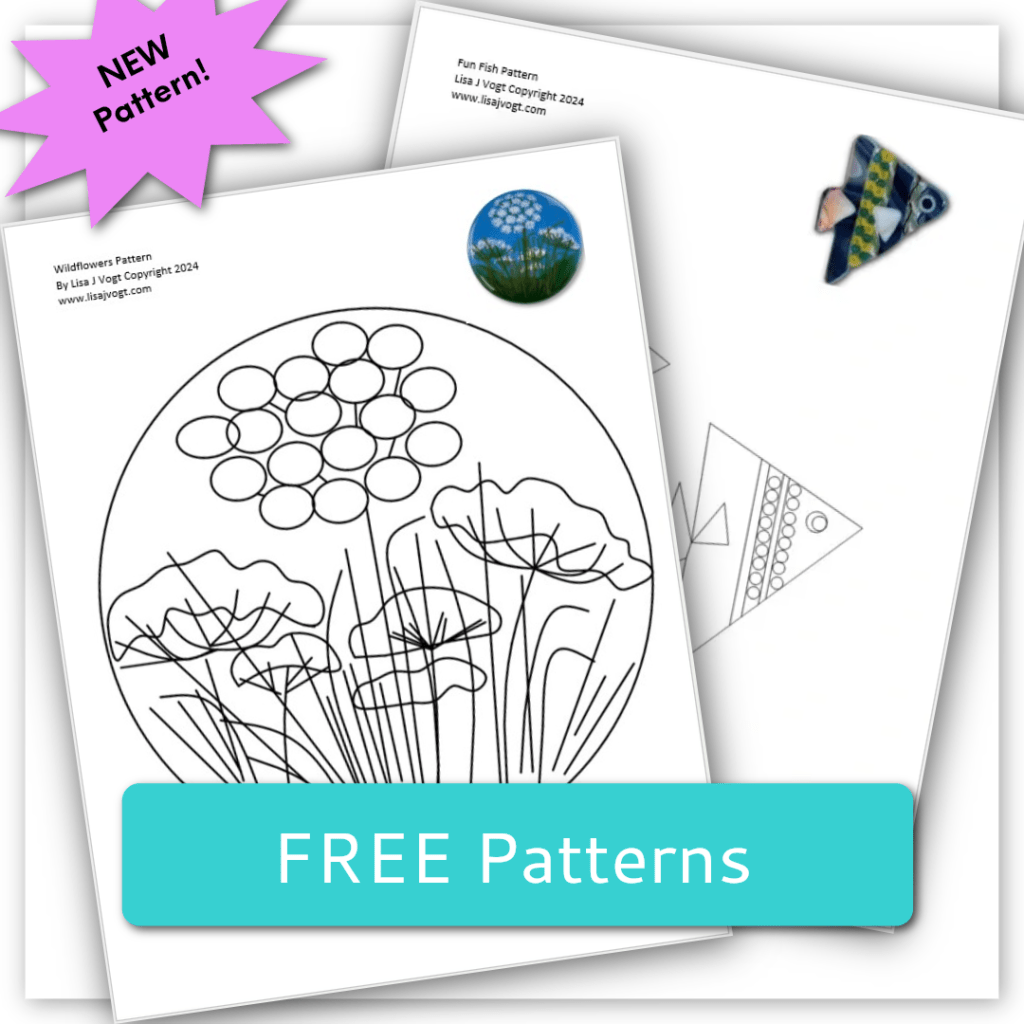
Reason to Celebrate
It never ceases to amaze me how much fun you can have while you’re hard at work. It’s no surprise I love my job, creating glass and teaching. But more than anything, I like meeting new people. And what better way to really get to know someone, than in an extended workshop where we grow skills while working with a medium we love.
Over the years I’ve hosted numerous fused glass workshops. It’s the students who make the class extraordinary. Each person has a fascinating story. Many had surprising careers, others found themselves at a crossroad and made the decision to take their life in a different direction. Many were survivors, some of accidents and others of disease. Each story is unique, but they had a shared effect. The story proved to be the catalyst that lead the student to expose themselves to exciting, new things. Often that exciting, new thing is expanding their glass fusing knowledge and skills in one of my classes. You can imagine how rewarding it is for me to guide these students and then share their joy, when they exceed their own expectations.
Now that you know what I get from teaching the class, it’s only fair you hear what the students are saying about taking the workshop.


“Lisa had great ideas on color and design and composition. My favorite thing was the variety of projects. From small to large, from full fuse to tack fuse to slumping. I was surprised I could be successful at adapting an inspiration piece to create a colorful design. I loved being able to use color and frit to make the cast pieces. Fun!” – Pat B.

“Thank you, Lisa, for jump starting my fusing!! My favorite thing about the class was everything. What surprised me was watching Lisa and Joe make videos.” – Monica F.

“Lisa is a deep wealth of knowledge. What surprised me was my ability to pick the project I wanted to create. My favorite thing was the creativeness I was allowed to explore.” – Kathy W.

Watch the Class Highlights Video Here!

Follow my blog for weekly inspiration sent to your inbox!
Happy Fusing!
Lisa
Upcoming Class!
Advanced Glass Fusing Class
4-Day, Hands-on Class, Wesley Chapel, FL
May 28-31, 2024, SOLD OUT!
October 22-25, 2024, only 3 Seats Left.

YOU can make gallery quality fused glass art! You’ll love the personalized instruction in this exciting advanced technique, artistic awakening and skill building workshop. This is the turning point experience you’ve been waiting for.
Someday is here! What are you waiting for? You’re in your prime. You’re at the peak of your interest in glass fusing. Take the next step and raise your artwork to an exciting new level of sophistication.
Join me for this intense workshop held in my private studio.
Wesley Chapel, Florida, 4-Day, Hands-on, Class size is limited.
In this class, you will push the boundaries art glass imposes. Students will explore innovative approaches to design and combine multiple advanced techniques to construct original art that reflects their own personal style. You’ll enjoy: the one-on-one instruction, making multifaceted projects, the well-equipped classroom, and the intimate class size.
You’ll love the concentrated, in-depth study and creative momentum you’ll gain while actively producing, nonstop for four consecutive days. You’ll leave class with a working knowledge of kiln operation, custom project specific firing guides, and the inspiration you’ve been craving to go bigger and do more elaborate works of fused glass art!
Join me and take your glass fusing to the next level!
Knowledge – Confidence - Inspiration
Premium Video Courses by Lisa
































































































